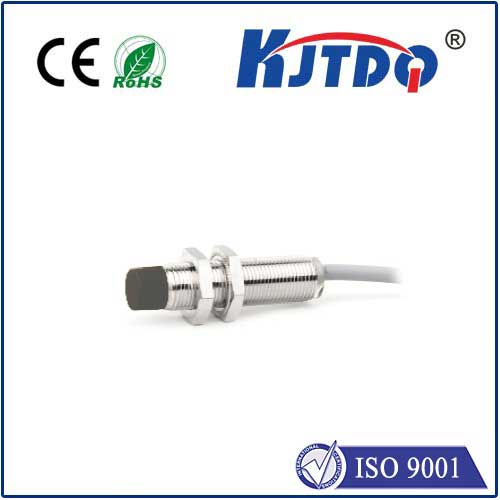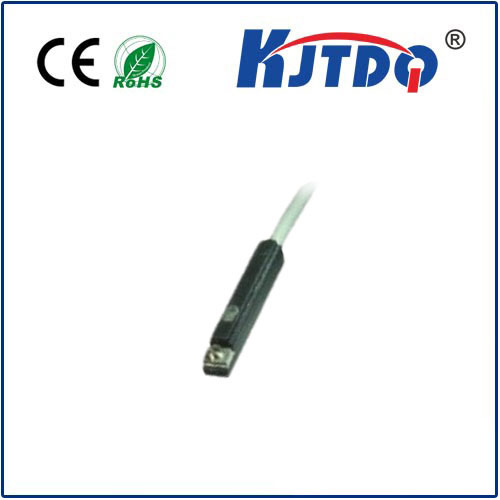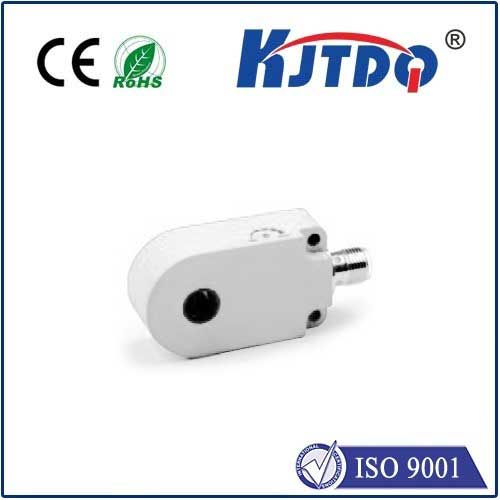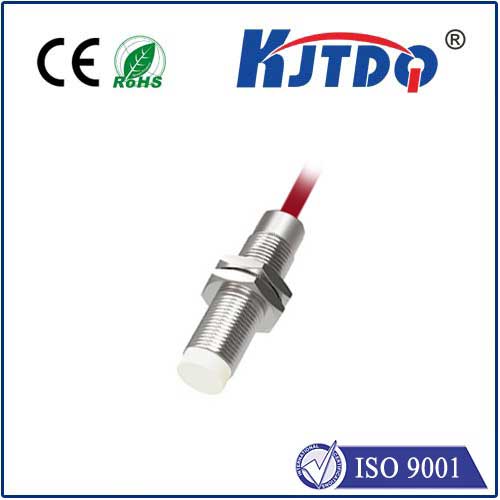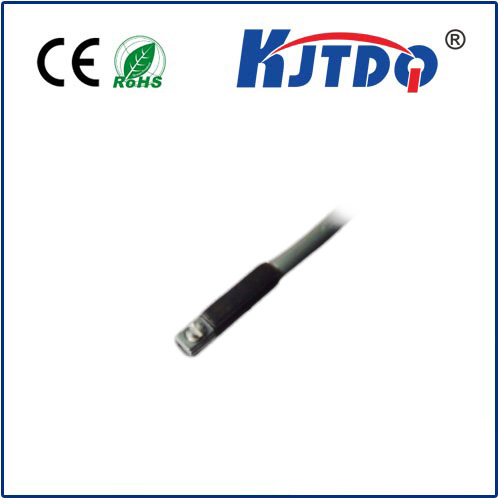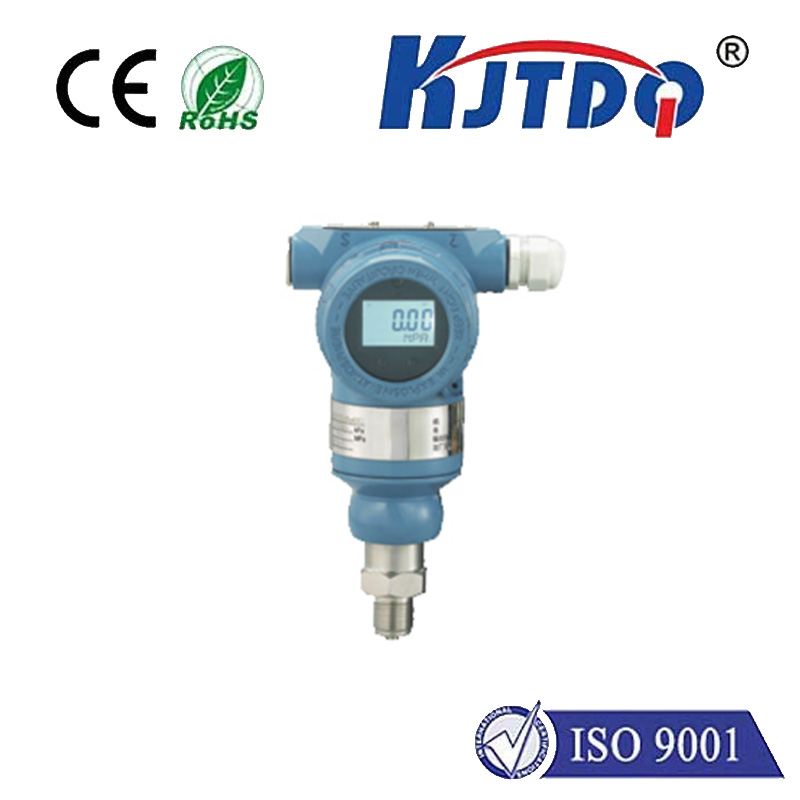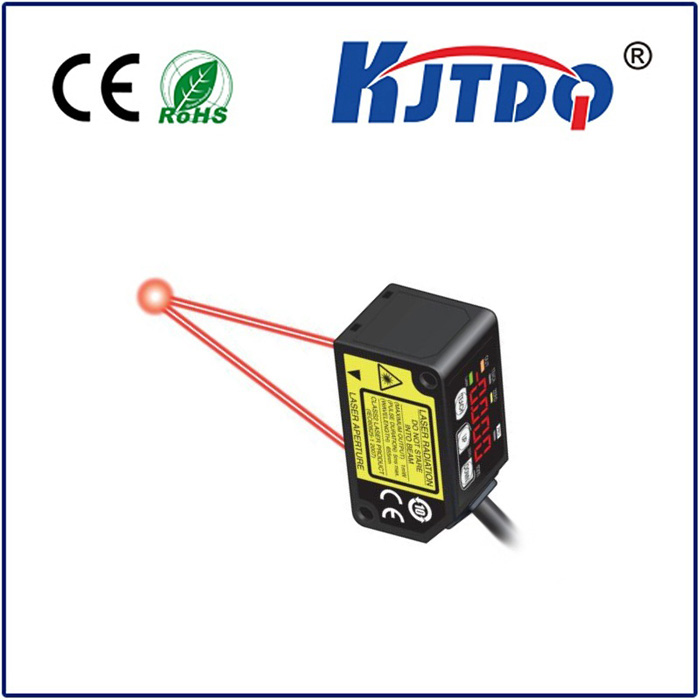magnetic proximity switch sensor
- time:2025-09-08 09:46:48
- Click:0
Magnetic Proximity Switches: The Silent Sentinels of Modern Automation
Imagine a world where machines seamlessly interact with their environment without jamming, scraping, or crashing. Where safety systems reliably halt dangerous movements the instant an obstruction appears. This precision, this invisible orchestration, often hinges on a remarkably simple yet profoundly effective technology: the magnetic proximity switch sensor. These unsung heroes of modern industry operate silently, tirelessly, and with impressive reliability, detecting the presence or absence of crucial components without ever needing to touch them. But how exactly do these compact devices achieve such dependable non-contact sensing, and why are they indispensable across countless applications?
Understanding the Core Principle: Magnetic Fields at Work
At its heart, a magnetic proximity switch sensor operates on elegant magnetic principles. It fundamentally consists of two main parts:
- The Sensor/Switch Unit: This is typically fixed onto a stationary part of the machine or assembly. Inside, it houses either a reed switch or a sophisticated solid-state electronic circuit (like a Hall-effect sensor).
- The Actuator: This is a small, powerful permanent magnet, usually mounted on a moving part (like a piston rod, door, or conveyor shuttle) that needs to be detected.
The magic happens when the actuator magnet moves into the predetermined operating range – the switching distance – of the sensor unit. This creates a detectable change in the surrounding magnetic field:

- Reed Switch Principle: In traditional sensors, the magnetic field causes two ferromagnetic, sealed reed contacts inside a glass tube to flex and either snap together (Normally Open) or snap apart (Normally Closed), creating an electrical connection or disconnection.
- Solid-State Principle (e.g., Hall-effect): Modern sensors often use semiconductor technology. The magnetic field influences the flow of electrons within the sensor chip, generating a voltage change that is electronically processed to trigger a clean, bounce-free switching signal.
Crucially, no physical contact occurs between the actuator and the sensor. The detection happens purely through the interaction of magnetic fields, making this a true non-contact sensing technology.
Why Choose Magnetic Proximity Sensors? Key Advantages
This unique operating principle translates into several compelling advantages that make magnetic proximity sensors a top choice for demanding environments:
- Non-Contact Operation: This is the foundational benefit. The absence of physical wear between the sensor and actuator translates directly to exceptional longevity and virtually maintenance-free operation. There’s no mechanical stress, friction, or associated wear-out mechanisms common in mechanical limit switches.
- High Reliability & Repeatability: Sealed against contaminants and unaffected by surface conditions like oil, grease, dirt, or dust (provided the magnetic field strength is sufficient), these sensors offer outstanding operational reliability. They provide consistent, repeatable switching points over millions of cycles. This sealed design is crucial for harsh industrial environments.
- Extended Service Life: The combination of non-contact operation and robust construction typically results in significantly longer service life compared to mechanical switches, reducing downtime and replacement costs.
- Insensitive to Contaminants: Unlike optical sensors that can be blinded by dust or grime, magnetic sensors are largely unaffected by non-ferromagnetic particles or liquids surrounding them (though ferrous debris can interfere). This makes them ideal for dirty or wet applications.
- High Switching Frequencies: Particularly solid-state versions can detect very rapid movements, making them suitable for high-speed automation tasks.
- Position Sensing in Confined Spaces: The compact size of both the sensor and the actuator allows for installation where space is extremely limited. They provide precise position feedback for cylinders (piston position detection) and other moving parts.
- Suitability for Harsh Environments: Robust housings (often IP67 or IP69K rated) protect against water, dust, vibration, shock, and extreme temperatures, making them resilient performers on the factory floor.
- Simple Installation & Set-Up: Typically, installation involves merely mounting the sensor body and positioning the actuator magnet within the specified sensing range. There’s usually no complex configuration or alignment needed.
Diverse Applications: Where Magnetic Proximity Sensors Shine
The versatility and robustness of magnetic proximity switches lead to their widespread adoption across numerous industries:
- Industrial Automation & Machinery: The undisputed king of applications. Used for cylinder position sensing on pneumatic and hydraulic actuators, end-of-travel detection on linear slides, conveyor belt monitoring (detecting pallets, product presence), machine guarding (door open/closed status), and tool positioning.
- Automotive Manufacturing: Integral to robotic welding arms, press lines, assembly jigs, and paint shop equipment for precise component positioning and safety interlocks.
- Material Handling: Detecting the position of lifts, hoists, sorting gates, and automated guided vehicles (AGVs).
- Packaging Machinery: Monitoring fill levels, cap placement, label application, and product flow on high-speed lines.
- Agricultural & Construction Equipment: Position sensing on hydraulics (boom/arm position), door/hatch monitoring, and implement detection – resilient against mud, dust, and vibration.
- Process Control Valves: Providing open/closed position feedback for automated valves.
- Elevators & Escalators: Safety door monitoring and position control.
- Renewable Energy: Monitoring positions in wind turbine pitch control mechanisms or solar tracker systems.
Selecting the Right Sensor: Key Considerations
Choosing the optimal magnetic proximity sensor involves evaluating several factors:
- Switching Distance: The critical distance at which the sensor reliably detects the actuator magnet. Ensure it meets your application’s mechanical tolerances.
- Output Type: Reed Switch: Often simple NPN/PNP or SPDT mechanical contacts. Solid-State: Typically NPN or PNP transistor outputs (sourcing or sinking), sometimes Analog or IO-Link for advanced diagnostics/data. Choose based on your PLC or controller input requirements.
- Electrical Specifications: Voltage rating (e.g., 10-30V DC), current rating, and whether it’s 2-wire, 3-wire, or 4-wire.
- Housing Material & Protection Rating: Plastic (PA, PBT) or stainless steel? IP rating (e.g., IP67 for water/dust resistance, IP69K for high-pressure washdown)? Ensure suitability for the environment (chemicals, temperature extremes, impacts).
- Mounting Style: Barrel-style (M8, M12, M18, M30 threaded), rectangular block, or specialized designs. Consider ease of installation and space constraints.
- Temperature Range: Verify the sensor operates reliably within your application’s ambient temperature range.
- Actuator Compatibility: Ensure the magnet strength and size specified by the sensor manufacturer are used for guaranteed performance and switching distance.
The Unseen Backbone of Precision and Safety
From the rhythmic pulse of a factory assembly line to the powerful hydraulics of heavy machinery, magnetic proximity switch sensors provide the essential, reliable signals that keep automated systems running smoothly and safely. Their ability to deliver precise, wear-free position detection in challenging conditions makes them a cornerstone technology. By harnessing the invisible power of magnetism, they perform a vital yet often overlooked function – acting as the dependable, silent sentinels ensuring countless processes operate with the efficiency, reliability, and safety demanded by modern






